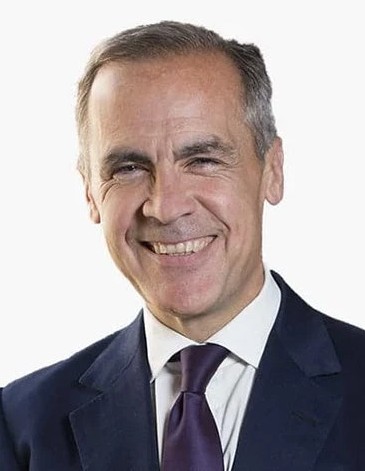Role and Responsibilities
The Prime Ministership is not created by law, though it is recognized by the law. The Prime Minister is normally a member of the House of Commons (there have been two from the Senate, Abbott from 1891 to 1892 and Bowell from 1894 to 1896). A non-member could hold the office (Turner in 1984) but would, by custom, have to get elected to a seat very soon (Turner was his seat in a general election that year but his party lost power). A Prime Minister may lose his or her seat in an election, but can remain in office as long as the party keeps a majority in the House of Commons, though again, he or she must, by custom, win a seat very promptly (King lost his seat in 1925 but his party retained power; he won a seat in a by-election early in 1926). The traditional way of arranging this is to have a member of the majority party resign, thereby creating a vacancy, which gives the defeated Prime Minister of non-member party leader the opportunity to run in a by-election.
The Prime Minister is appointed by the Governor General. Ordinarily, the appointment is automatic - going to the leader of the party with the most seats in the House of Commons. If the opposition wins more than half the seats in an election, or if the government is defeated in the House of Commons and resigns, the Governor General must call on the leader of the opposition to form a new government.
The Prime Minister used to be described as "the first among equals" in the cabinet, or as "a moon among minor stars." This is no longer so. He or she is now incomparably more powerful than any colleague. The Prime Minister chooses the ministers in the first place, and can also ask any of them to resign; if the minister refuses, the Prime Minister can advise the Governor General to remove that minister and the advice would invariably be followed. Cabinet decisions do not necessarily go by majority vote. A strong Prime Minister, having listened to everyone's opinion, may simply announce that his or her view is the policy of the government, even if most, or all, the other ministers are opposed. Unless the dissenting ministers are prepared to resign, they must bow to the decision.
The official residence of the Prime Minister is found right across the road from Rideau Hall, the official residence of the Governor General. 24 Sussex Drive (officially called Gorffwysfa - the Welsh word meaning place of peace) has been the official residence of the prime minister since 1950. The house is situated on the cliffs above the Ottawa River, in sight of the Parliament buildings. The Prime Minister also has an official summer residence at Harrington Lake, Quebec.
 |  |
| Gorffwysfa | Harrington Lake |
|---|
The Right Honourable Mark Carney
AMark Carney was born in Fort Smith, Northwest Territories, and raised in Edmonton, Alberta. Both of his parents were teachers. Growing up, he played hockey as a goalie for Laurier Heights, went to St. Francis Xavier high school, and won a scholarship to study in the United States.
 |
The Right Honourable
Mark Carney |
He started his career in finance before joining Canada's public service, to help ensure our economy supports the things that Canadians value - like healthcare, security, and a life you can afford.
As Governor of the Bank of Canada during the 2008 financial crisis, Mark guided Canada through one of the most turbulent economic periods in modern history, protecting jobs and helping ensure that Canada came out stronger.
In 2013, he was recruited to lead the Bank of England, stewarding the United Kingdom's economy through Brexit and the economic and political crises that followed. And in 2020, he began serving as the UN Special Envoy for Climate Action and Finance - helping rally the world to build stronger economies as we fight climate change.
SOURCES: Prime Minister of Canada, Liberal Party of Canada.
|


